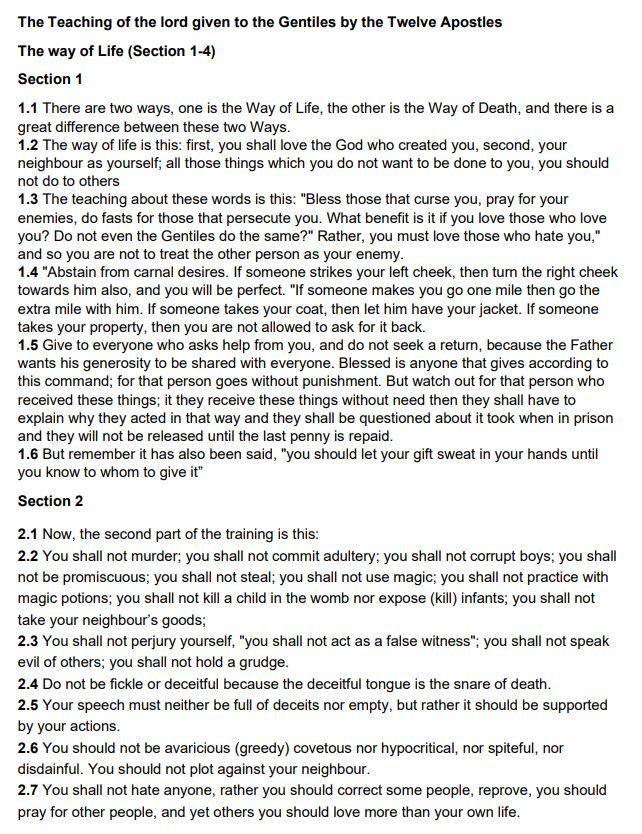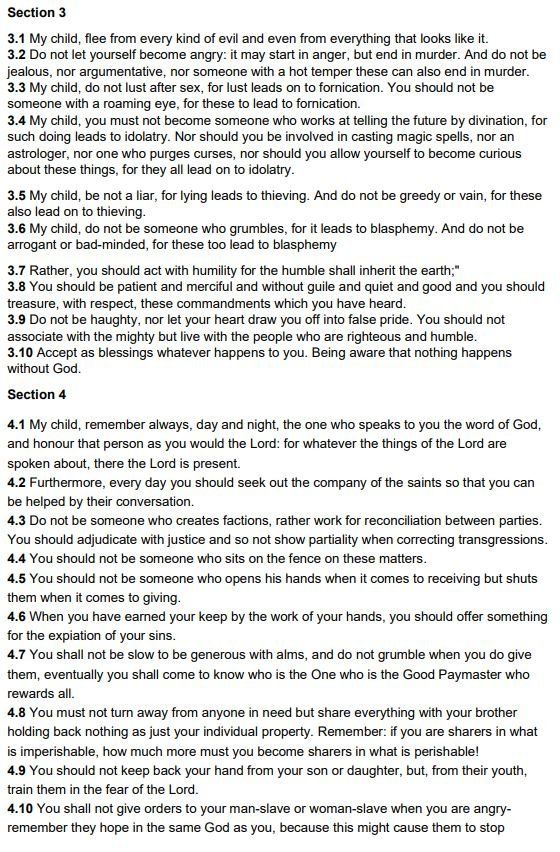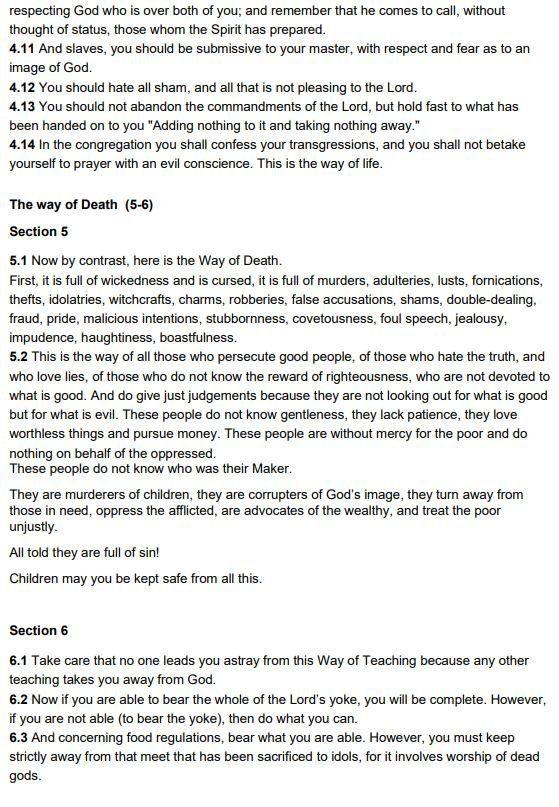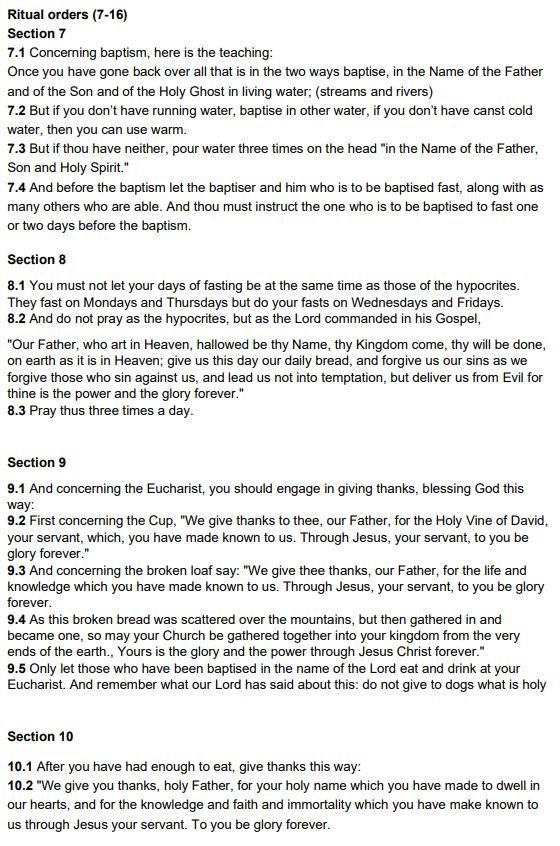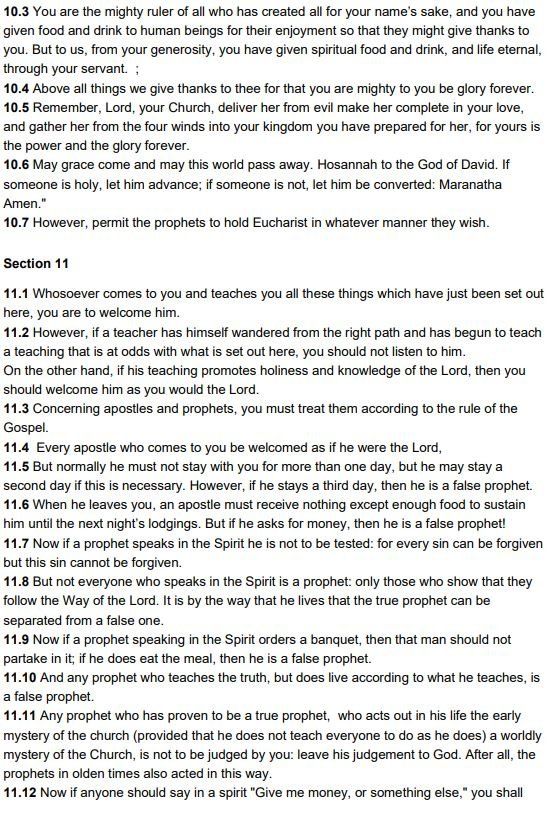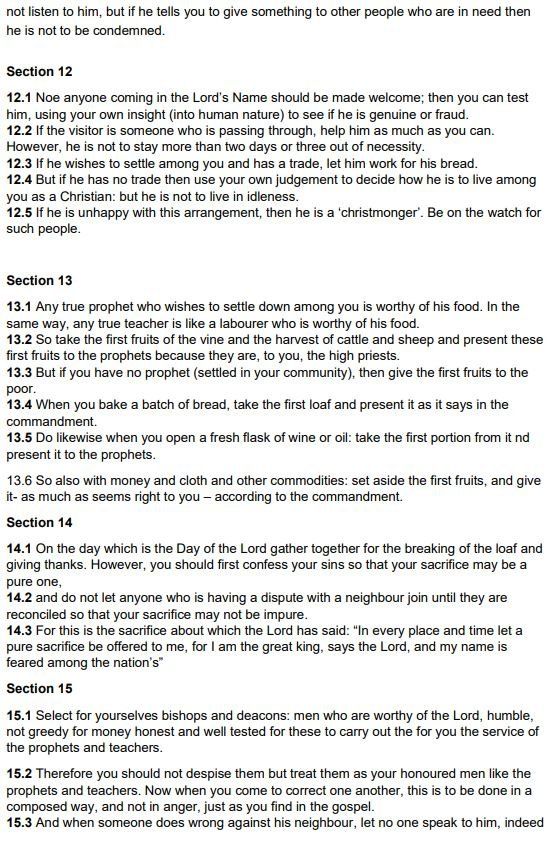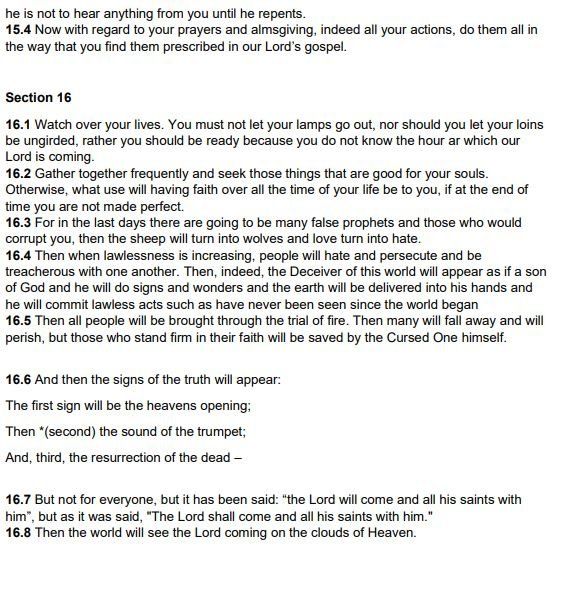Teaching the Way

Teaching the Way
Nearly 2000 years ago, Jesus of Nazareth lived and travelled around ancient Palestine, preaching, teaching, and healing the sick as he proclaimed, “the Kingdom of God has come close”. At the outset of his ministry, he gathered around himself followers, forming a close community of disciples whom he taught about “the Way”.
After Jesus completed his work, his death on the cross, resurrection, and ascension to sit at the right hand of the Father, his close followers, the disciples became apostles (meaning, sent on a mission). The apostles were tasked with spreading the Gospel throughout the world. After being empowered by the Holy Spirit they spread the Gospel of Jesus to the four corners of the world. Through their work, the Apostles established new fledgling communities of believers, teaching them, and leaving them with instructions about “the Way”. These small home churches were taught a catechism that told them how they should gather in fellowship and how to worship, how to remember Jesus when ‘breaking the loaf’, baptising believers, fasting, prayer, and other sacraments. Through this, new communities of believers in Christ were gathered into fledgling house church plants as they gathered together in each other's homes.
Today we Christians are the descendants of these first communities of believers that gathered to worship Jesus. So, from this, it can be seen that when we gather for worship and read the gospels and the other books of the New Testament, we are in some form really looking right back in time to Jesus and the first community in continuity.
The Didache is that early catechism that for a long time was lost in antiquity. As the early Church grew it developed and refined its doctrines, sacraments, and patterns of worship into those that we are familiar with today. Thankfully the Didache was rediscovered, almost by accident in 1873 by ‘Bryennios’, a presbyter from Constantinople. While he was working in the library of the Constantinople house of the Monastery of the Sepulchre in Jerusalem, researching other early documents, Bryennios stumbled across the known but lost ‘Didache’.
The layout of the document:
The full title of the document that was found is, “Didache kuriou dia tón dódeka apostolón tois ethnesin”, meaning “The Lord’s teaching to the nations through the twelve apostles”. It begins with two short texts, the first called “The way of Life”, and the second called “The way of Death”. Following this, there is further instruction on baptism, fasting, communion, prayer, hospitality, generosity, selection of clergy, and gathering for worship. The document is extremely important as it draws back the curtains of time to our collective distant past, opening up a window revealing the liturgical patterns of the church, as taught and used by the second-generation community of Christians.
I’ve included a translation of the Didache below so that you can read it for yourselves (it’s not long, and as far as I can tell, it's consistent with the New Testament) As a taster here are some of my favourite lines:
• "you should let your gift sweat in your hands until you know to whom to give it”
• My child, do not be someone who grumbles, for it leads to blasphemy. And do not be arrogant or bad-minded, for these too lead to blasphemy
• you shall not kill a child in the womb nor expose (kill) infants
Please read it for yourselves, it’s only a few pages long and well worth spending the time.
Have a great day and God bless,
Trev.
